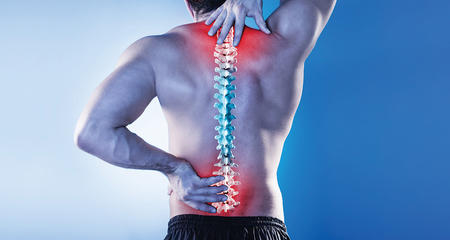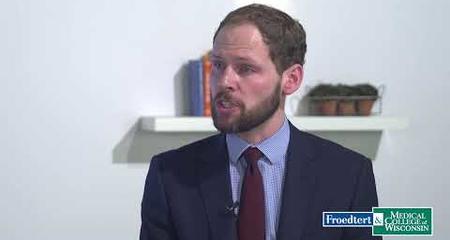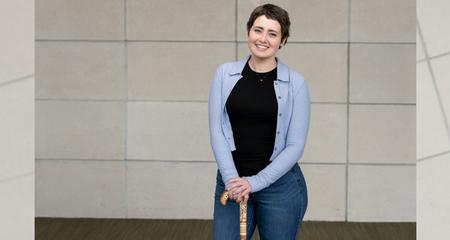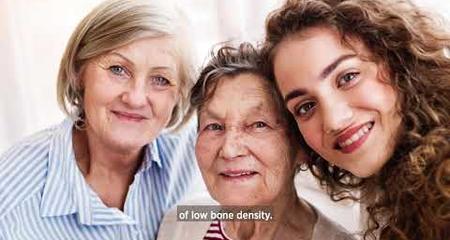Osteoporosis is thinning and weakening of bone, resulting in an increased risk of fractures occurring with minimal or no trauma. Both men and women experience bone loss during the process of aging. Although women are at greater risk for osteoporosis, men also develop this condition. A variety of hormonal and non-hormonal conditions can contribute to bone loss, and doctors will screen for these conditions during evaluation for osteoporosis.
People with osteoporosis are at increased risk for fractures including spinal compression fractures, hip fractures and a variety of other fractures. Hip fractures are the most serious because they are associated with an increased risk of death and loss of independence.
Warning Signs of Osteoporosis
- Loss of height greater than 1.5 inches.
- Change in posture, such as a hump in the upper spine.
- Prior fractures from minor trauma or injury.
Osteoporosis was once thought to be an inevitable part of aging. Although more common in women past 50 years of age, osteoporosis can strike at any age in both females and males. The lifetime risk of an osteoporosis-related fracture is 50 percent for women and 25 percent for men. Osteoporosis is now recognized as a treatable disease that often can be prevented.
People at highest risk for osteoporosis and fractures include:
- Postmenopausal women and those with an early menopause
- Thin people
- Smokers and people who drink too much alcohol
- People with the family history of osteoporosis or hip fracture
- Organ transplant recipients
- People with intestinal disease, stomach surgery or bariatric weight loss surgery
- Patients on certain medications for breast cancer or prostate cancer
- Patients who take corticosteroids (e.g. prednisone), opiates (pain killers) and some seizure medications
- Some patients with diabetes or on certain diabetes medications
- Patients on proton pump inhibitors for excess stomach acid for long periods of time.
Hormones and Bone Health
Certain hormones are very important in maintaining calcium balance in your body as well as bone health. Bone is an active tissue and hormones are involved in the balance of bone formation and bone resorption (dissolving of bone tissue). Many glands and hormones from the endocrine system are important in this role.
- Sex hormones help retain calcium in bones to maintain bone strength. Estrogen is most important in women, and testosterone is most important in men; however both genders have both estrogen and testosterone. When estrogen levels decline in women after menopause, they lose bone density and bone strength.
- Parathyroid hormone regulates the calcium level in the blood. When too much of this hormone is produced, a condition called hyperparathyroidism, calcium is pulled from the bone and into the blood. Interestingly, when this hormone is given by daily injection that lasts only a few hours each day, it has the opposite effect and helps build bone.
- Vitamin D aids in absorption of calcium helping to form and maintain strong bones.
- Thyroid hormone is made by the thyroid gland in the neck. When produced in excess (hyperthyroidism), this hormone increases removal of calcium from bones which can contribute to thinning of the bones.
- Cortisol, when overproduced (a condition called Cushing’s syndrome), inhibits the cells that form bone and can cause loss of bone density and bone strength.
Blogs, Patient Stories, Videos and Classes



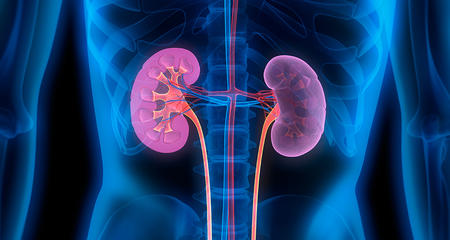


Virtual Visits Are Available
Safe and convenient virtual visits by video let you get the care you need via a mobile device, tablet or computer wherever you are. We'll assess your condition and develop a treatment plan right away. To schedule a virtual visit, call 414-777-7700.
